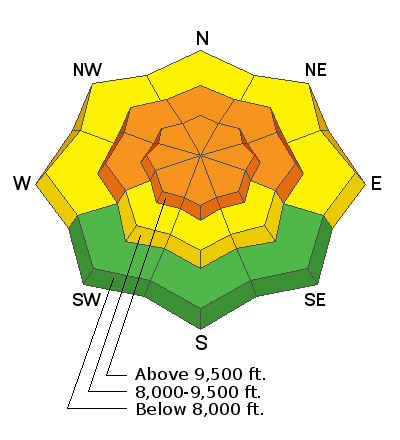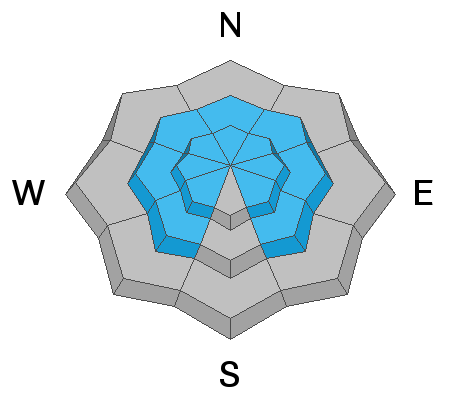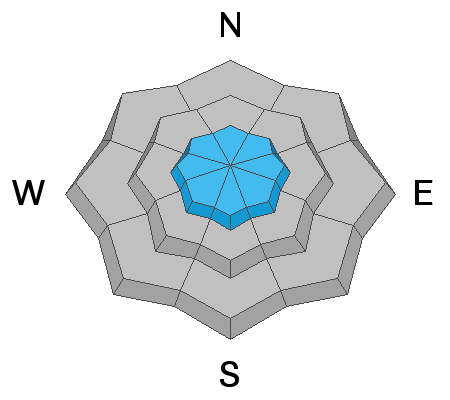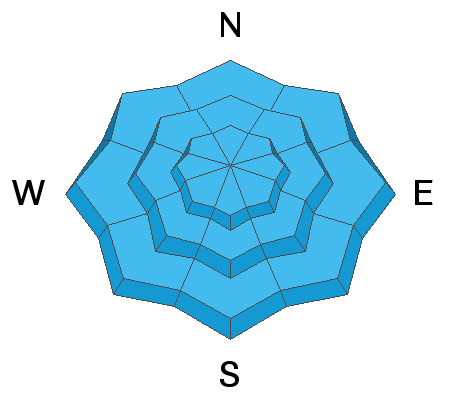Forecast for the Provo Area Mountains

Issued by Trent Meisenheimer on
Thursday morning, December 17, 2020
Thursday morning, December 17, 2020
Today will be a day of RISING AVALANCHE DANGER and may even reach HIGH at upper elevations this afternoon with peak winds and snowfall.
As of now, the danger is CONSIDERABLE on all upper elevation steep wind loaded terrain. At mid-elevations, the avalanche danger will rise to CONSIDERABLE on steep slopes that face west through north through east. Any mid and upper elevation steep slope that harbors weak faceted snow should be approached with great caution.
Human triggered avalanches 12-18"+ deep are likely and may be triggered at a distance. Careful snowpack evaluation, cautious route-finding, and conservative decision-making are essential today.
As of now, the danger is CONSIDERABLE on all upper elevation steep wind loaded terrain. At mid-elevations, the avalanche danger will rise to CONSIDERABLE on steep slopes that face west through north through east. Any mid and upper elevation steep slope that harbors weak faceted snow should be approached with great caution.
Human triggered avalanches 12-18"+ deep are likely and may be triggered at a distance. Careful snowpack evaluation, cautious route-finding, and conservative decision-making are essential today.

Low
Moderate
Considerable
High
Extreme
Learn how to read the forecast here









